Theobromine

Theobromine structure
|
Common Name | Theobromine | ||
|---|---|---|---|---|
| CAS Number | 83-67-0 | Molecular Weight | 180.164 | |
| Density | 1.6±0.1 g/cm3 | Boiling Point | 495.5±37.0 °C at 760 mmHg | |
| Molecular Formula | C7H8N4O2 | Melting Point | 345-350 °C | |
| MSDS | Chinese USA | Flash Point | 253.5±26.5 °C | |
| Symbol |



GHS02, GHS06, GHS08 |
Signal Word | Danger | |
Use of TheobromineTheobromine is a methylxanthine found in cacao beans which can inhibit adenosine receptor A1 (AR1) signaling. |
| Name | theobromine |
|---|---|
| Synonym | More Synonyms |
| Description | Theobromine is a methylxanthine found in cacao beans which can inhibit adenosine receptor A1 (AR1) signaling. |
|---|---|
| Related Catalog | |
| Target |
Human Endogenous Metabolite |
| In Vitro | Theobromine, at concentrations above 25 μM, decreases lipid accumulation in these cells. Cell viability is not affected by Theobromine. Theobromine, at concentrations above 25 μM, suppresses protein expression of PPARγ, C/EBPα and adipogenic genes. The mRNA levels of these genes are also decreased by Theobromine[1]. |
| In Vivo | Body weights are lower in the Theobromine group than in the vehicle group. In addition, Theobromine suppresses gains in weight of epididymal and perirenal adipose tissues. The mean adipocyte area is smaller in the Theobromine group than in the vehicle group[1]. Theobromine group shows lower counts than the other groups when considering the number of bacteria per fecal weight (p=0.021 and p=0.055 compare to the reference (RF) and the cocoa (CC) groups, respectively). The Theobromine diet leads to higher pH values than those found after the RF and CC diets. Fecal concentrations of lactic acid are not significantly affected by the experimental diets (4.26±1.54 mM in RF group; 1.96±0.41 mM in CC group; 2.69±0.73 mM in Theobromine group)[2]. |
| Kinase Assay | 3T3-L1 preadipocytes are pre-incubated with MG132 (10 μM) for 30 min, followed by incubation with IBMX in the presence or absence of Theobromine (25 μM) for 8 h. The cells are lysed in denaturing cell extraction buffer (50 mM Tris-HCl, pH 7.5, containing 70 mM β-mercaptoethanol and 2% SDS) at 95°C for 10 min. The cell lysates are diluted 20 fold with dilution buffer (20 mM Tris-HCl, pH 7.5, containing 150 mM NaCl, 1 mM EDTA, 1mM EGTA, 1% TritonX-100, 2.5 mM sodium pyrophosphate and protease inhibitor cocktail) and centrifuged at 20,000 g for 30 s. The supernatant is incubated with rabbit polyclonal anti-C/EBPβ IgG, anti-FLAG IgG or control IgG at 4°C overnight, followed by incubation with 30 μL protein G-Sepharose resin at 4°C for 1 h. The resin is washed with lysis buffer three times and proteins bound to the resin are separated by SDS-PAGE and analyzed by western blotting[1]. |
| Animal Admin | Lewis rats (3 week old) are used in this study. The rats are randomly distributed into three dietary groups (n=7 per group): the reference (RF) group ingested standard diet AIN-93M, the cocoa (CC) group ingested a standard diet with 10% of natural Forastero cocoa containing 0.25% Theobromine, and the Theobromine (TB) group ingested a standard diet including 0.25% of Theobromine, i.e. the content of Theobromine presents in the CC diet[2]. |
| References |
| Density | 1.6±0.1 g/cm3 |
|---|---|
| Boiling Point | 495.5±37.0 °C at 760 mmHg |
| Melting Point | 345-350 °C |
| Molecular Formula | C7H8N4O2 |
| Molecular Weight | 180.164 |
| Flash Point | 253.5±26.5 °C |
| Exact Mass | 180.064728 |
| PSA | 72.68000 |
| LogP | -2.08 |
| Vapour Pressure | 0.0±1.3 mmHg at 25°C |
| Index of Refraction | 1.737 |
| InChIKey | YAPQBXQYLJRXSA-UHFFFAOYSA-N |
| SMILES | Cn1cnc2c1c(=O)[nH]c(=O)n2C |
| Storage condition | Refrigerator |
| Water Solubility | slightly soluble, |
CHEMICAL IDENTIFICATION
HEALTH HAZARD DATAACUTE TOXICITY DATA
MUTATION DATA
|
| Symbol |



GHS02, GHS06, GHS08 |
|---|---|
| Signal Word | Danger |
| Hazard Statements | H225-H301 + H311 + H331-H370 |
| Precautionary Statements | P210-P260-P280-P301 + P310-P311 |
| Personal Protective Equipment | dust mask type N95 (US);Eyeshields;Gloves |
| Hazard Codes | Xn:Harmful; |
| Risk Phrases | R22 |
| Safety Phrases | S22-S24/25 |
| RIDADR | 2811.0 |
| WGK Germany | 1 |
| RTECS | XH2275000 |
| Hazard Class | 6.1 |
| HS Code | 2933990090 |
| Precursor 9 | |
|---|---|
| DownStream 8 | |
| HS Code | 2933990090 |
|---|---|
| Summary | 2933990090. heterocyclic compounds with nitrogen hetero-atom(s) only. VAT:17.0%. Tax rebate rate:13.0%. . MFN tariff:6.5%. General tariff:20.0% |
|
Cytochrome P450-dependent metabolism of caffeine in Drosophila melanogaster.
PLoS ONE 10(2) , e0117328, (2015) Caffeine (1, 3, 7-trimethylxanthine), an alkaloid produced by plants, has antioxidant and insecticide properties that can affect metabolism and cognition. In vertebrates, the metabolites derived from ... |
|
|
Multi-element, multi-compound isotope profiling as a means to distinguish the geographical and varietal origin of fermented cocoa (Theobroma cacao L.) beans.
Food Chem. 188 , 576-82, (2015) Multi-element stable isotope ratios have been assessed as a means to distinguish between fermented cocoa beans from different geographical and varietal origins. Isotope ratios and percentage compositi... |
|
|
Determination of phytochemicals, antioxidant activity and total phenolic content in Andrographis paniculata using chromatographic methods.
J. Chromatogr. B. Analyt. Technol. Biomed. Life Sci. 995-996 , 101-6, (2015) Antioxidant activity, total phenolics content and selected phytochemicals (alkaloids and andrographolides) were determined in Andrographis paniculata and in dietary supplements containing this plant. ... |
| 3,7-Dimethyl-xanthine |
| Diurobromine |
| 1H-Purine-2,6-dione, 3,7-dihydro-3,7-dimethyl- |
| EINECS 201-494-2 |
| Teobromin |
| Theostene |
| 2,6-Dihydroxy-3,7-dimethyl-purine |
| Theobromine |
| Diuretin |
| Thesal |
| 3,7-Dimethyl-3,7-dihydro-1H-purine-2,6-dione |
| 3,7-dimethylpurine-2,6-dione |
| Theosalvose |
| Theobromin |
| 3,7-dimethyl xanthine |
| Thesodate |
| 5-26-13-00553 (Beilstein Handbook Reference) |
| Santheose |
| 3,7-dihydro-3,7-dimethyl-1H-purine-2,6-dione |
| MFCD00022830 |
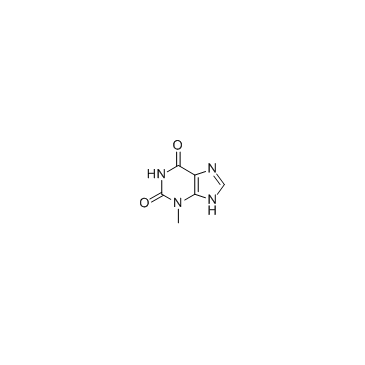 CAS#:1076-22-8
CAS#:1076-22-8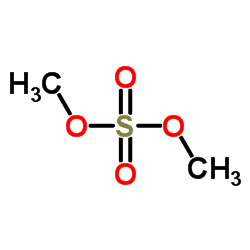 CAS#:77-78-1
CAS#:77-78-1 CAS#:81281-47-2
CAS#:81281-47-2 CAS#:58-08-2
CAS#:58-08-2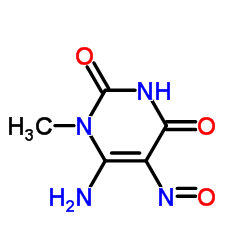 CAS#:6972-78-7
CAS#:6972-78-7 CAS#:2434-53-9
CAS#:2434-53-9 CAS#:58-55-9
CAS#:58-55-9 CAS#:74-88-4
CAS#:74-88-4 CAS#:57-13-6
CAS#:57-13-6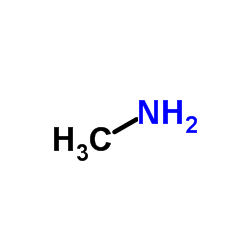 CAS#:74-89-5
CAS#:74-89-5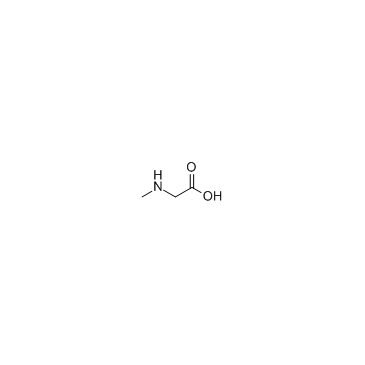 CAS#:107-97-1
CAS#:107-97-1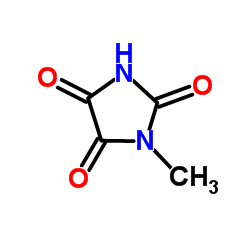 CAS#:3659-97-0
CAS#:3659-97-0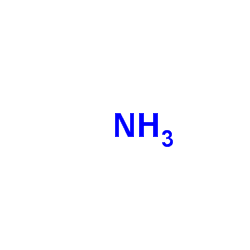 CAS#:7664-41-7
CAS#:7664-41-7 CAS#:1507-14-8
CAS#:1507-14-8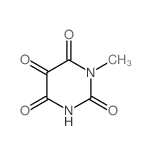 CAS#:2757-83-7
CAS#:2757-83-7 CAS#:598-50-5
CAS#:598-50-5 CAS#:26351-03-1
CAS#:26351-03-1
